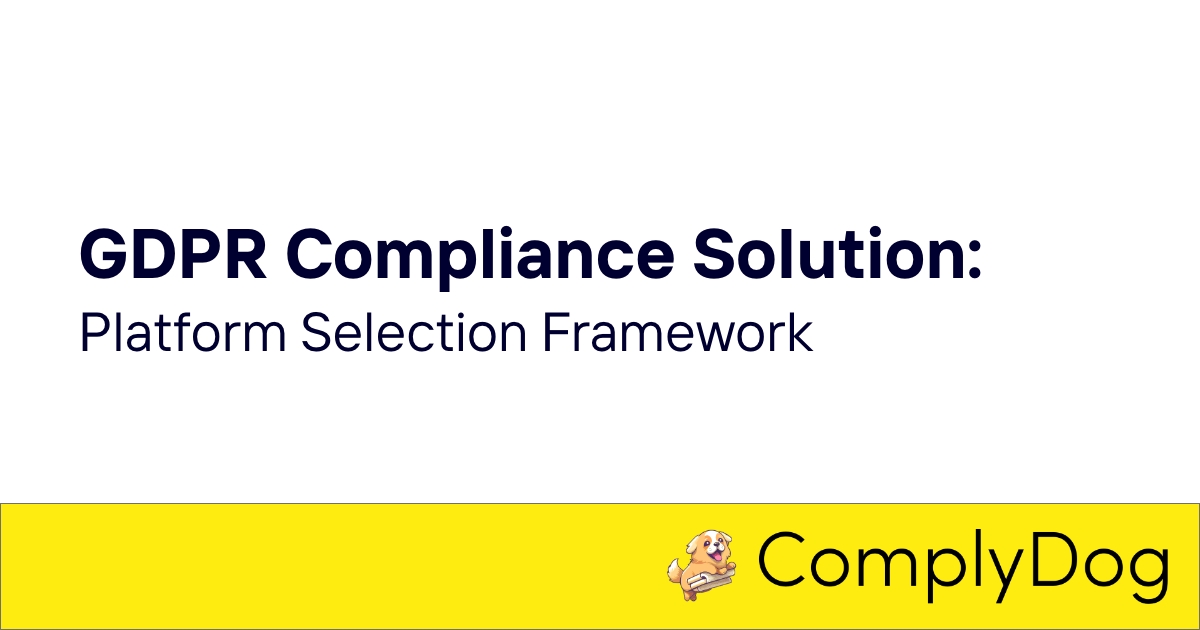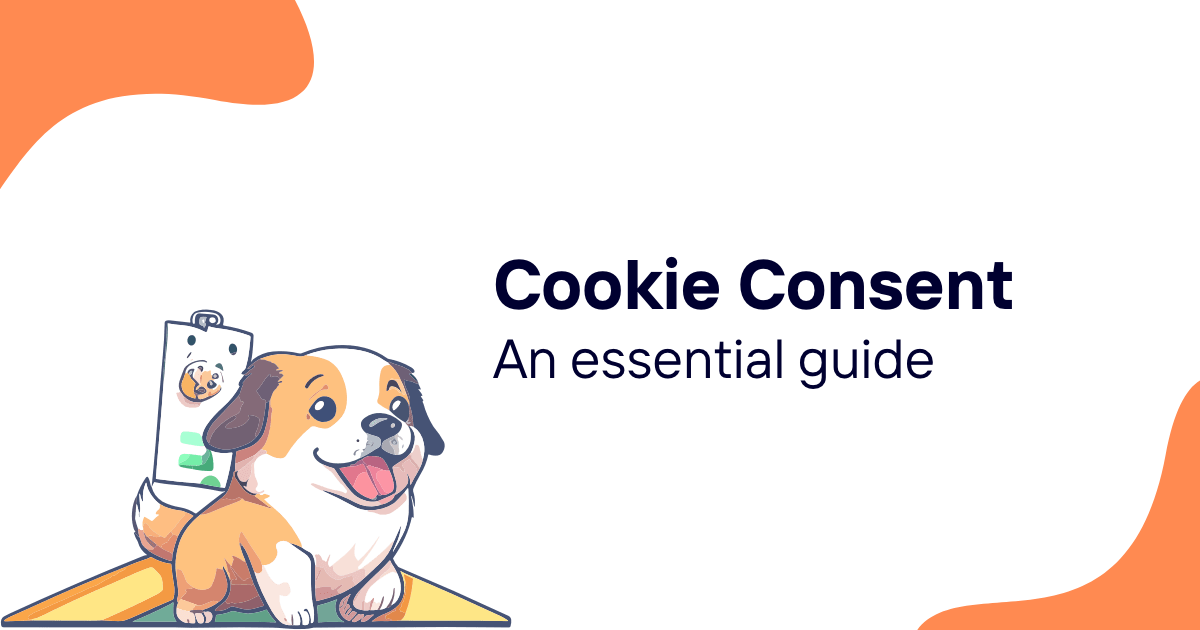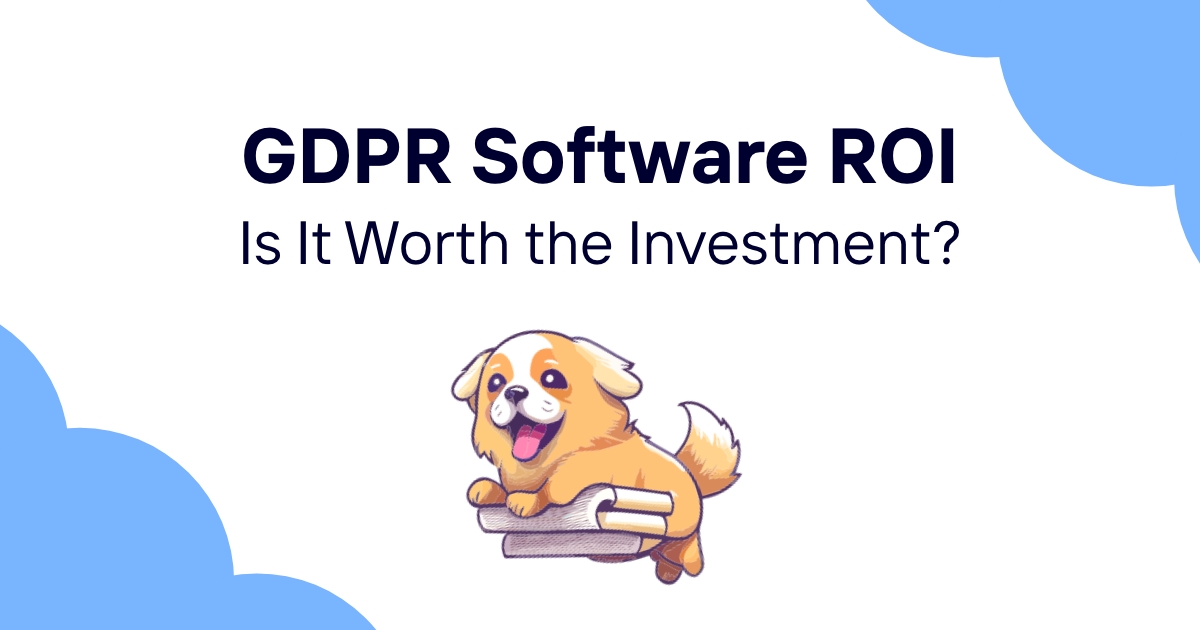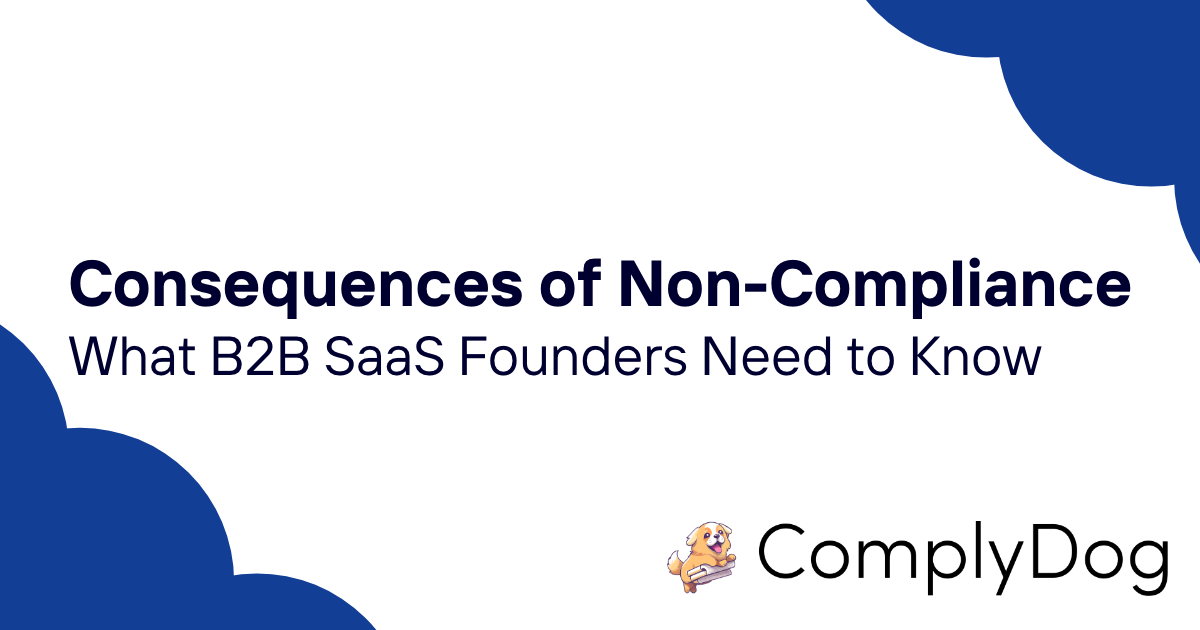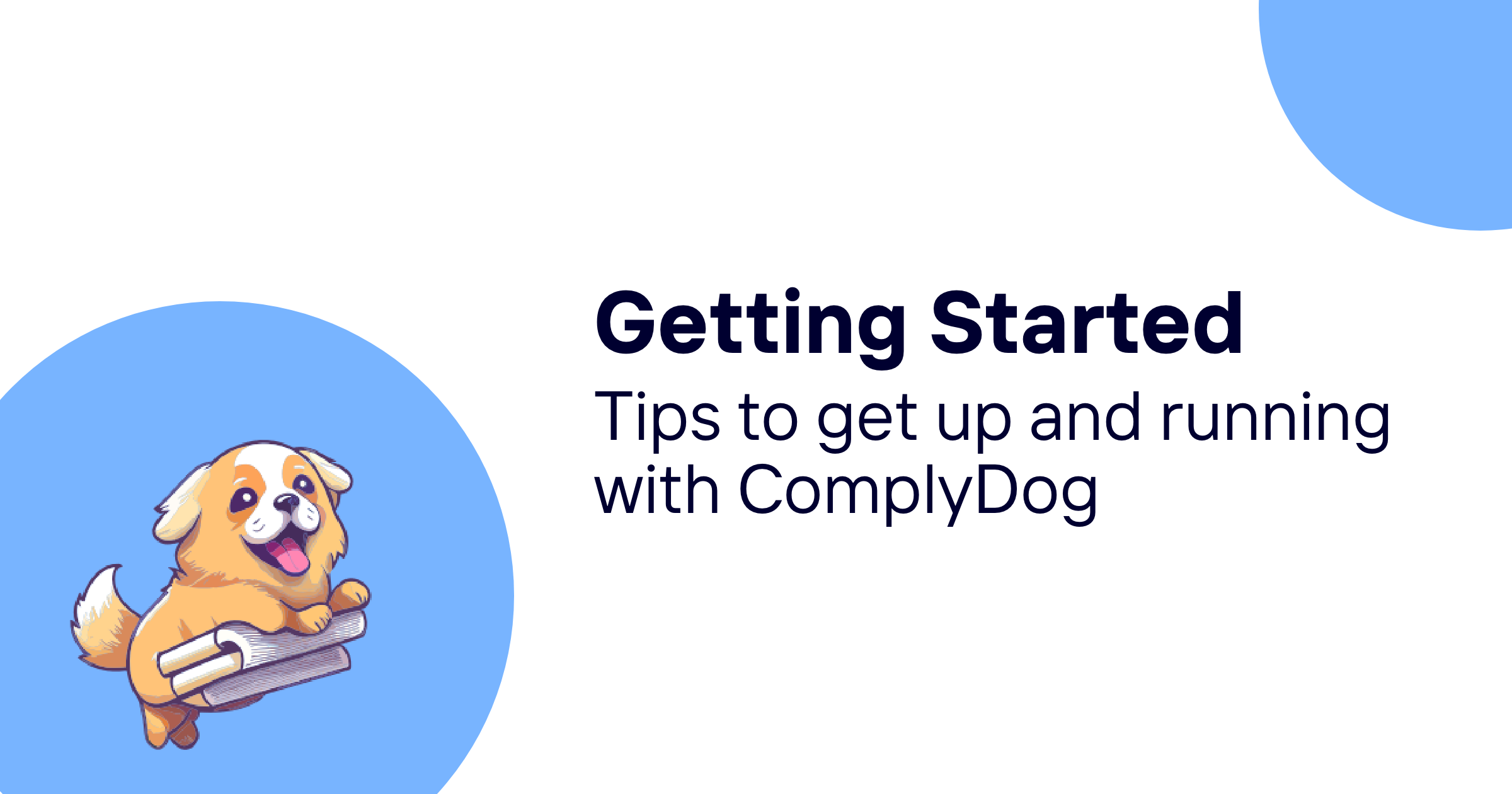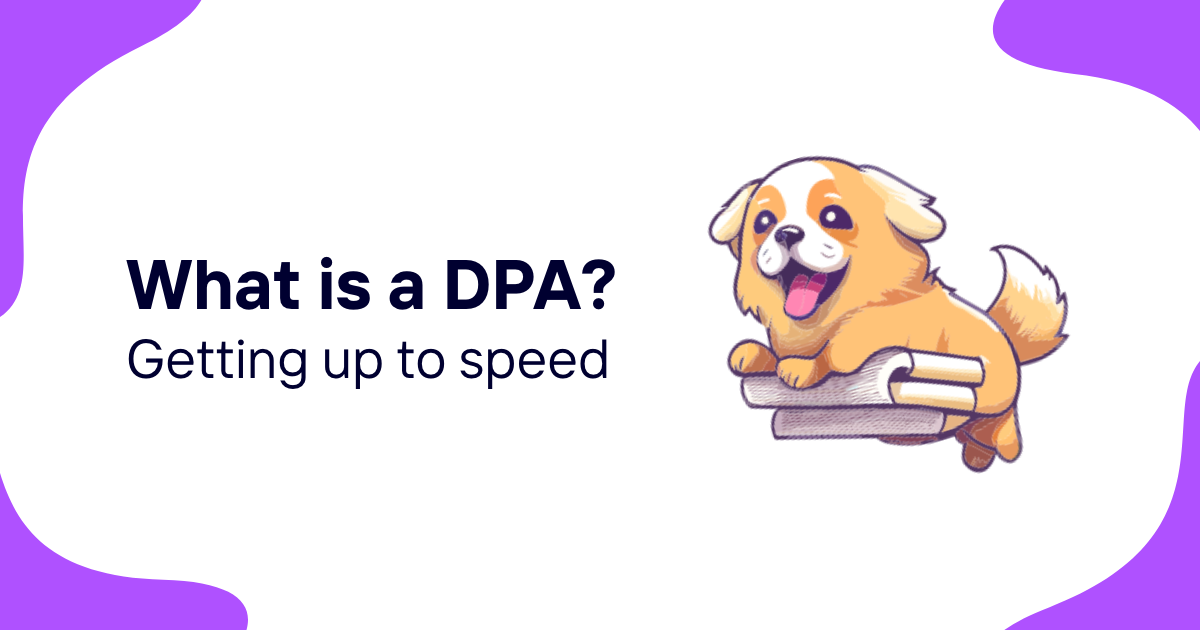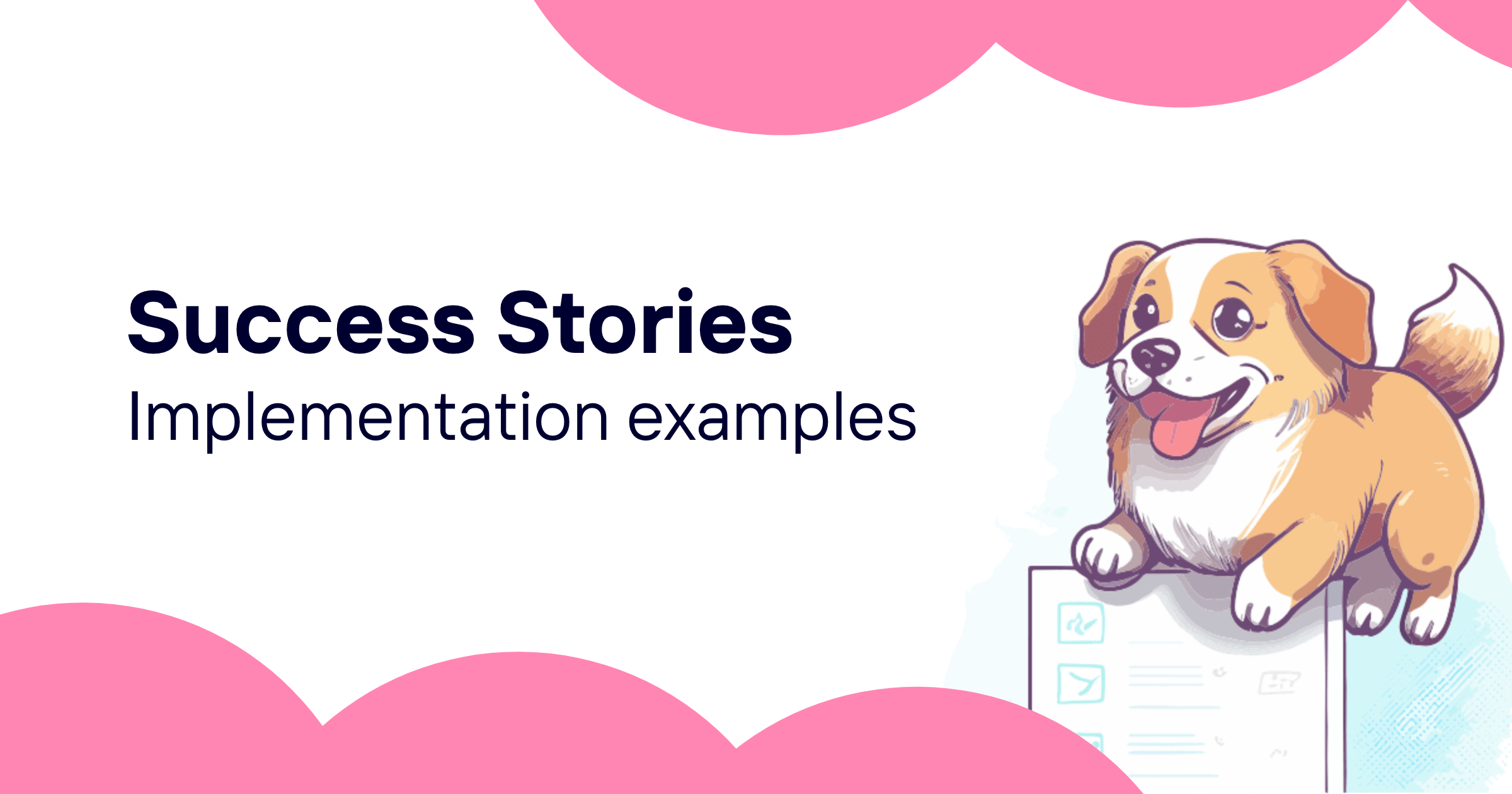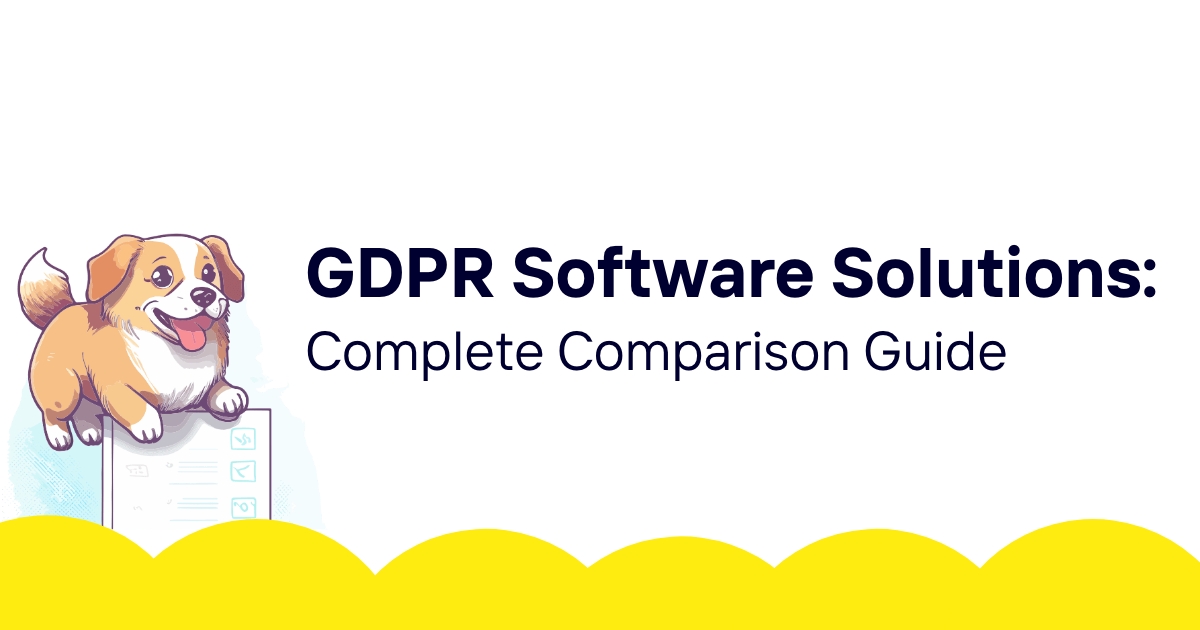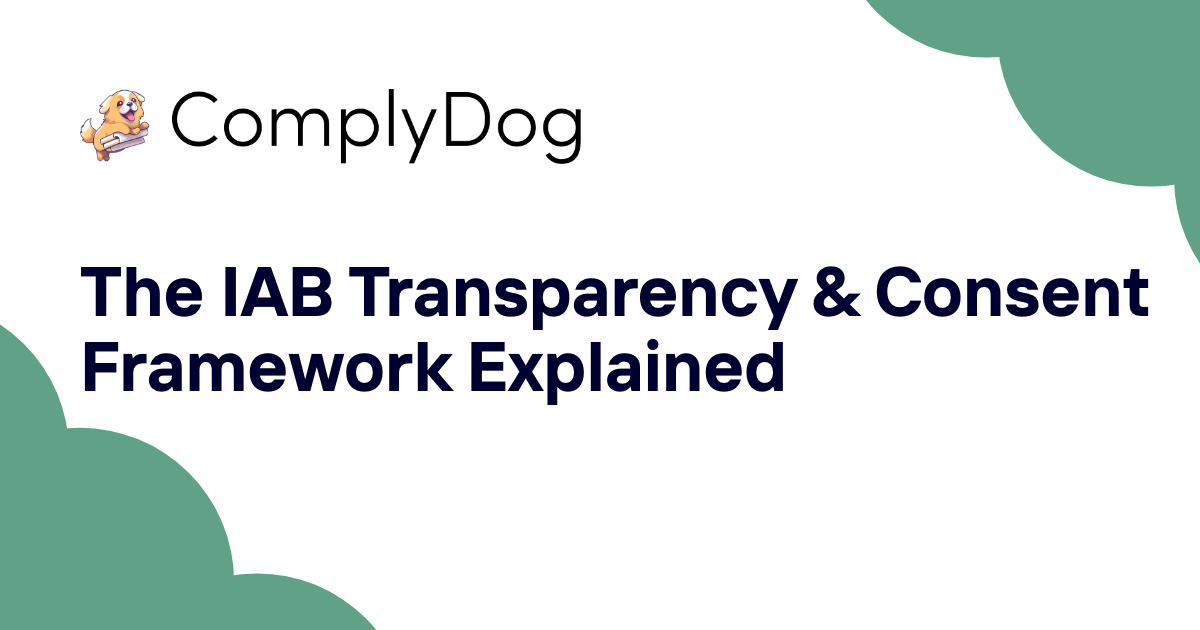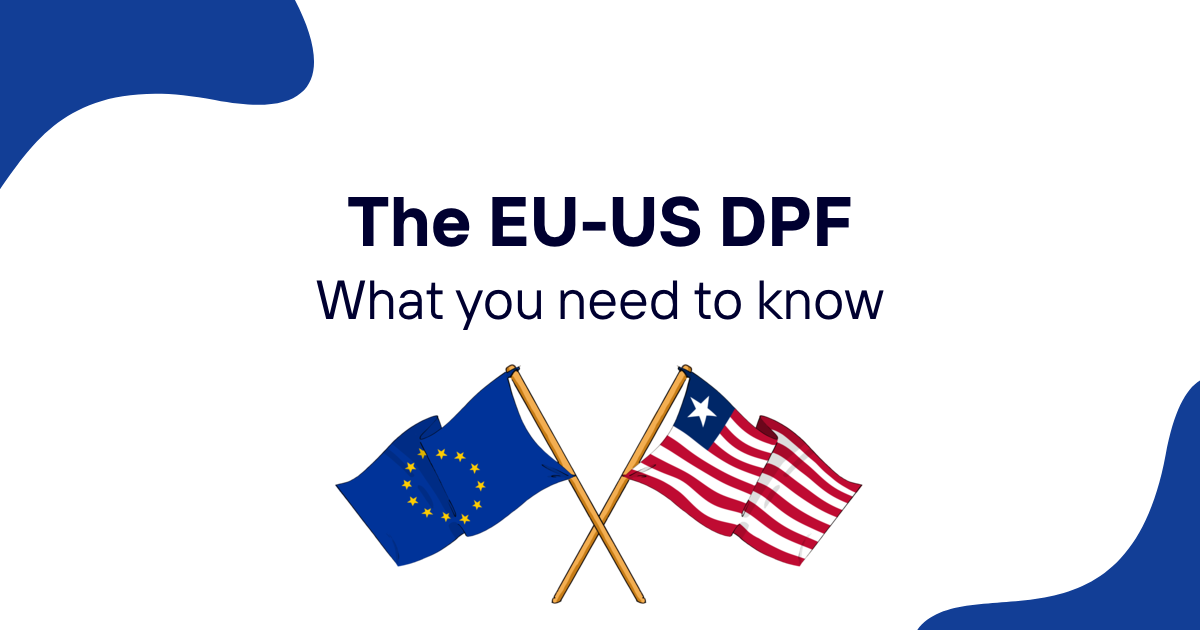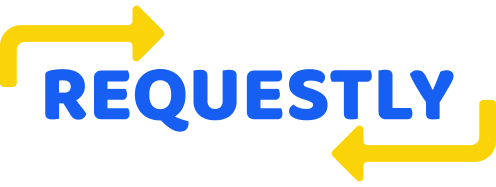Selecting the right GDPR compliance solution requires systematic evaluation that balances functionality, implementation complexity, and long-term strategic value. With numerous platforms claiming comprehensive compliance capabilities, organizations need structured frameworks to make informed decisions that align with their specific needs, resources, and growth objectives.
This comprehensive framework provides step-by-step methodology for evaluating and selecting GDPR compliance solutions, from initial requirements gathering through final implementation planning. Following this systematic approach helps organizations choose platforms that deliver sustainable compliance while supporting business growth.
GDPR Solution Selection Framework Overview
A structured selection framework ensures objective evaluation of GDPR compliance solutions while accounting for organizational constraints and strategic objectives.
Framework Components and Methodology
Effective solution selection requires systematic evaluation across multiple dimensions:
Requirements Analysis: Comprehensive assessment of organizational compliance needs, technical constraints, and business objectives.
Market Research: Systematic evaluation of available solutions including feature comparison and vendor analysis.
Vendor Evaluation: Structured assessment of vendor capabilities, stability, and strategic fit.
Proof of Concept: Practical testing of leading solutions to validate capabilities and user experience.
Risk Assessment: Evaluation of implementation risks and mitigation strategies for different platform options.
Decision Analysis: Systematic scoring and comparison to support objective platform selection.
Framework Benefits and Objectives
Structured selection frameworks provide several advantages over ad hoc evaluation approaches:
Objective Evaluation: Systematic criteria reduce subjective bias and enable fact-based decision making.
Comprehensive Coverage: Structured approaches ensure evaluation covers all important factors rather than focusing on obvious features.
Stakeholder Alignment: Clear methodology helps build consensus among different stakeholder groups with varying priorities.
Risk Mitigation: Systematic risk assessment identifies potential issues before they become implementation problems.
Documentation: Structured evaluation creates documentation that supports future decisions and vendor negotiations.
Success Factors and Prerequisites
Several factors contribute to successful solution selection:
Executive Sponsorship: Strong leadership support ensures adequate resources and organizational commitment.
Cross-Functional Participation: Involvement of legal, IT, business, and compliance stakeholders ensures comprehensive evaluation.
Clear Objectives: Well-defined goals and success criteria guide evaluation and decision making.
Realistic Timeline: Adequate time allocation for thorough evaluation without rushing critical decisions.
Resource Allocation: Appropriate budget and staff resources for evaluation activities and implementation planning.
Framework Customization
Organizations should adapt the framework to their specific circumstances:
Organizational Size: Framework complexity should match organizational size and decision-making processes.
Industry Requirements: Specific industry needs may require additional evaluation criteria or specialized expertise.
Technical Environment: Existing technology infrastructure affects evaluation priorities and integration requirements.
Regulatory Scope: Multi-jurisdictional organizations may need additional evaluation criteria for international compliance.
Growth Stage: Startup organizations have different priorities than established enterprises with existing compliance programs.
Requirements Gathering and Analysis
Comprehensive requirements analysis provides the foundation for effective solution evaluation by clearly defining what the organization needs from a GDPR compliance platform.
Functional Requirements Definition
Systematic functional analysis identifies specific compliance capabilities needed:
Data Processing Activities: Document all personal data processing activities that require compliance management including collection, storage, analysis, and sharing.
Rights Management Needs: Identify requirements for processing different types of individual rights requests including volume projections and complexity factors.
Consent Management Requirements: Define consent collection and management needs across different digital properties and customer touchpoints.
Reporting and Analytics: Specify reporting requirements for different stakeholders including executives, compliance teams, and regulatory authorities.
Integration Capabilities: Document required integrations with existing business systems including databases, applications, and workflow tools.
Technical Requirements Assessment
Technical evaluation ensures solutions align with organizational infrastructure and capabilities:
System Architecture: Assess current technology architecture and identify integration points for compliance solutions.
Security Requirements: Define security standards and requirements that compliance solutions must meet including encryption, access controls, and audit logging.
Performance Expectations: Specify performance requirements including response times, data volume handling, and concurrent user support.
Scalability Needs: Project future growth requirements for data volumes, user counts, and processing complexity.
Deployment Preferences: Determine preferences for cloud-based, on-premises, or hybrid deployment models.
Operational Requirements Analysis
Operational assessment ensures solutions support day-to-day business activities:
User Experience Needs: Define usability requirements for different user groups including administrators, compliance staff, and business users.
Support Requirements: Specify needs for vendor support including response times, expertise levels, and support channels.
Training and Education: Assess organizational training needs and vendor education capabilities.
Change Management: Evaluate organizational change management capabilities and requirements for solution adoption.
Maintenance and Administration: Define requirements for ongoing solution management and administration.
Compliance and Regulatory Requirements
Comprehensive compliance analysis ensures solutions address all applicable requirements:
Regulatory Scope: Identify all privacy regulations that apply to the organization including GDPR, CCPA, PIPEDA, and industry-specific requirements.
Audit and Accountability: Define requirements for demonstrating compliance to regulators and auditors.
Cross-Border Compliance: Assess requirements for international data transfers and multi-jurisdictional compliance.
Industry Standards: Identify relevant industry standards and certifications that solutions should support.
Future Regulatory Adaptation: Consider how solutions should adapt to changing regulatory requirements over time.
Stakeholder Requirements Integration
Different stakeholders have varying priorities that must be balanced in solution selection:
Legal and Compliance Priorities: Focus on regulatory compliance, risk mitigation, and audit capability.
IT and Technical Priorities: Emphasis on integration capabilities, security, and technical architecture.
Business Operations Priorities: Focus on operational efficiency, user experience, and minimal business disruption.
Executive Priorities: Emphasis on strategic value, cost effectiveness, and competitive advantage.
Customer and External Priorities: Consideration of customer experience and external stakeholder expectations.
Solution Architecture and Design Considerations
Understanding solution architecture helps evaluate how different platforms align with organizational technical requirements and long-term strategic objectives.
Platform Architecture Analysis
Comprehensive architecture evaluation addresses multiple technical dimensions:
Data Architecture: Assessment of how solutions handle data storage, processing, and management across different data types and volumes.
Integration Architecture: Evaluation of integration capabilities including APIs, connectors, and data flow management.
Security Architecture: Analysis of security frameworks including encryption, access controls, identity management, and audit capabilities.
Scalability Architecture: Assessment of platform ability to handle growth in data volumes, users, and processing complexity.
Deployment Architecture: Evaluation of deployment options including cloud, on-premises, and hybrid configurations.
Technology Stack Evaluation
Understanding underlying technology helps assess platform sustainability and capabilities:
Platform Technologies: Analysis of core technologies including databases, application frameworks, and development platforms.
Integration Technologies: Assessment of integration capabilities including APIs, messaging systems, and data transformation tools.
Security Technologies: Evaluation of security implementations including encryption methods, authentication systems, and monitoring tools.
Analytics Technologies: Analysis of reporting and analytics capabilities including data warehousing, business intelligence, and visualization tools.
Mobile and Web Technologies: Assessment of user interface technologies and mobile application capabilities.
Cloud and Infrastructure Considerations
Modern compliance solutions often leverage cloud infrastructure with specific implications:
Cloud Provider Dependencies: Understanding cloud platform dependencies and their implications for security, compliance, and vendor lock-in.
Data Residency: Assessment of data storage locations and compliance with data residency requirements.
Infrastructure Scalability: Evaluation of cloud infrastructure scalability and performance characteristics.
Disaster Recovery: Analysis of backup, disaster recovery, and business continuity capabilities.
Compliance Certifications: Assessment of cloud platform compliance certifications and audit capabilities.
Future Technology Considerations
Solution selection should consider technology evolution and future requirements:
Artificial Intelligence Integration: Assessment of current and planned AI capabilities for automation and intelligence.
Emerging Technology Support: Evaluation of platform ability to incorporate new technologies like blockchain, IoT, and edge computing.
API Evolution: Assessment of API strategy and ability to adapt to changing integration requirements.
Mobile Technology Trends: Evaluation of mobile application capabilities and adaptation to mobile technology evolution.
Standards Compliance: Assessment of support for emerging standards and industry best practices.
As outlined in our data compliance software guide, comprehensive architecture evaluation ensures platforms can support long-term organizational needs.
Vendor Evaluation Methodology
Systematic vendor evaluation helps assess not only platform capabilities but also vendor viability, support quality, and strategic alignment with organizational objectives.
Vendor Stability and Viability Assessment
Long-term platform success depends on vendor stability and market position:
Financial Health: Analysis of vendor financial stability including funding sources, revenue growth, and profitability trends.
Market Position: Assessment of vendor competitive positioning, market share, and growth trajectory.
Customer Base: Evaluation of vendor customer base including size, retention rates, and satisfaction levels.
Product Investment: Analysis of research and development spending and evidence of ongoing platform enhancement.
Strategic Direction: Assessment of vendor strategy and alignment with market trends and customer needs.
Support and Service Evaluation
Vendor support quality significantly affects platform success:
Support Model: Analysis of support offerings including response times, escalation procedures, and expertise levels.
Professional Services: Evaluation of implementation services, consulting capabilities, and ongoing optimization support.
Training Programs: Assessment of training offerings including documentation, certification programs, and educational resources.
Community Resources: Evaluation of user communities, forums, and peer support opportunities.
Geographic Coverage: Assessment of support availability across different time zones and geographic regions.
Technology and Innovation Assessment
Vendor technology capabilities affect current functionality and future platform evolution:
Technical Architecture: Evaluation of platform technical architecture including scalability, security, and integration capabilities.
Innovation Track Record: Analysis of vendor history of platform enhancements and technology leadership.
Roadmap Quality: Assessment of product roadmaps and development priorities for alignment with organizational needs.
Partnership Ecosystem: Evaluation of vendor partnerships and integration ecosystem that extends platform capabilities.
Standards Compliance: Assessment of adherence to industry standards and best practices.
Reference and Case Study Analysis
Real-world experience provides valuable insights into vendor performance:
Reference Quality: Systematic communication with references including similar organizations and use cases.
Implementation Success: Understanding of typical implementation timelines, challenges, and success factors.
Ongoing Satisfaction: Assessment of long-term customer satisfaction and platform value realization.
Use Case Alignment: Identification of references with similar compliance requirements and business models.
Lessons Learned: Understanding common implementation pitfalls and success strategies from experienced customers.
Vendor Relationship and Partnership Assessment
Successful platform implementation requires effective vendor relationships:
Partnership Approach: Assessment of vendor commitment to long-term customer relationships and mutual success.
Communication Quality: Evaluation of vendor communication practices and responsiveness to customer needs.
Flexibility and Customization: Assessment of vendor willingness to accommodate specific customer requirements.
Contract Terms: Analysis of standard contract terms and vendor flexibility in negotiations.
Exit Strategy: Evaluation of data portability and migration capabilities to avoid vendor lock-in situations.
Proof of Concept and Testing
Practical testing validates vendor claims and provides hands-on experience with platform capabilities before making final selection decisions.
Proof of Concept Planning
Effective POC requires systematic planning and clear objectives:
Scope Definition: Clear definition of POC scope including specific functionality to test and success criteria.
Test Scenario Development: Creation of realistic test scenarios that reflect actual organizational use cases and requirements.
Data Preparation: Preparation of appropriate test data that represents organizational data types and volumes without compromising security.
Timeline Planning: Realistic timeline allocation that provides adequate testing time without delaying selection decisions.
Resource Allocation: Assignment of appropriate staff resources for POC participation and evaluation.
Testing Methodology
Systematic testing approaches ensure comprehensive evaluation:
Functionality Testing: Verification that platform features work as advertised and meet specific organizational requirements.
Integration Testing: Assessment of integration capabilities with existing systems and data sources.
Performance Testing: Evaluation of platform performance under realistic load and usage conditions.
Usability Testing: Assessment of user experience across different user roles and skill levels.
Security Testing: Verification of security controls and compliance with organizational security requirements.
User Experience Evaluation
User adoption depends on positive user experience across different stakeholder groups:
Administrator Experience: Assessment of platform administration, configuration, and management capabilities.
End User Experience: Evaluation of day-to-day user experience for compliance staff and business users.
Training Requirements: Assessment of learning curves and training needs for effective platform adoption.
Support Experience: Evaluation of vendor support responsiveness and quality during POC period.
Documentation Quality: Assessment of platform documentation completeness, accuracy, and usability.
POC Results Analysis
Systematic analysis of POC results supports objective comparison:
Functional Assessment: Detailed evaluation of how well each platform meets specific functional requirements.
Technical Assessment: Analysis of technical performance, integration capabilities, and architectural fit.
User Feedback: Collection and analysis of user feedback from all stakeholder groups involved in testing.
Issue Identification: Documentation of problems encountered and vendor responsiveness to issue resolution.
Comparative Analysis: Systematic comparison of POC results across different vendor platforms.
Decision Impact Integration
POC results should significantly influence final selection decisions:
Weight in Decision Matrix: Appropriate weighting of POC results in overall selection scoring.
Risk Assessment Updates: Revision of risk assessments based on actual testing experience.
Implementation Planning: Use of POC insights to refine implementation planning and resource requirements.
Vendor Negotiations: Leveraging POC results in contract negotiations and service level agreements.
Stakeholder Communication: Clear communication of POC results to support stakeholder buy-in for final decisions.
As discussed in our GDPR compliance tools guide, practical testing helps validate whether integrated platforms or specialized tools better serve organizational needs.
Implementation Planning and Timeline
Comprehensive implementation planning ensures successful platform deployment while minimizing business disruption and maximizing value realization.
Implementation Methodology Selection
Different implementation approaches suit different organizational circumstances:
Big Bang Implementation: Complete platform deployment across the organization simultaneously for rapid value realization.
Phased Rollout: Gradual deployment across business units or geographic regions to manage risk and complexity.
Pilot Implementation: Limited initial deployment to validate approach before full organizational rollout.
Parallel Implementation: Running new and existing systems concurrently during transition periods.
Hybrid Approaches: Combining different methodologies based on organizational needs and platform capabilities.
Resource Planning and Allocation
Successful implementation requires appropriate resource commitment:
Project Team Assembly: Formation of implementation teams with appropriate technical, business, and compliance expertise.
Vendor Resource Coordination: Planning for vendor professional services, support, and expertise throughout implementation.
Budget Allocation: Comprehensive budget planning including software licenses, professional services, and internal resource costs.
Timeline Development: Realistic timeline creation that accounts for organizational complexity and external dependencies.
Risk Buffer Planning: Allocation of additional time and resources to address unexpected implementation challenges.
Technical Implementation Planning
Technical deployment requires systematic planning and coordination:
Infrastructure Preparation: Planning for infrastructure requirements including hardware, software, and network configurations.
Integration Development: Planning for custom integration development with existing systems and applications.
Data Migration Strategy: Systematic planning for migrating existing compliance data and documentation.
Security Implementation: Planning for security controls, access management, and audit logging configuration.
Testing and Validation: Comprehensive testing strategy that validates all platform functionality and integrations.
Change Management and Training
Successful adoption requires comprehensive change management:
Stakeholder Communication: Clear communication about implementation objectives, timelines, and expected benefits.
Training Program Development: Comprehensive training programs for different user groups and skill levels.
Process Documentation: Development of updated policies and procedures that reflect new platform capabilities.
Support Structure: Establishment of ongoing support resources for platform adoption and optimization.
Performance Monitoring: Implementation of metrics and monitoring to track adoption success and identify optimization opportunities.
Timeline and Milestone Planning
Realistic timeline development ensures successful implementation:
Pre-Implementation Phase: Planning, resource allocation, and infrastructure preparation activities.
Implementation Phase: Platform deployment, configuration, and integration development.
Testing and Validation Phase: Comprehensive testing of all functionality and user acceptance validation.
Training and Rollout Phase: User training and phased platform rollout across the organization.
Optimization Phase: Platform optimization based on user feedback and performance monitoring.
Risk Assessment and Mitigation
Comprehensive risk assessment identifies potential implementation challenges and develops mitigation strategies to ensure successful platform deployment.
Implementation Risk Categories
Different types of risks require different mitigation approaches:
Technical Risks: Integration failures, performance issues, security vulnerabilities, and platform limitations.
Organizational Risks: User resistance, inadequate training, insufficient resources, and change management failures.
Vendor Risks: Vendor stability issues, support quality problems, and contract or relationship difficulties.
Compliance Risks: Regulatory requirement gaps, audit findings, and accountability demonstration failures.
Business Risks: Operational disruption, customer impact, competitive disadvantage, and financial consequences.
Risk Assessment Methodology
Systematic risk assessment ensures comprehensive identification and evaluation:
Risk Identification: Systematic identification of potential risks across all implementation phases and organizational areas.
Impact Analysis: Assessment of potential consequences if identified risks materialize.
Likelihood Evaluation: Estimation of probability that specific risks will occur given current circumstances.
Risk Prioritization: Ranking risks based on combined impact and likelihood assessments.
Mitigation Strategy Development: Creation of specific strategies to prevent or minimize identified risks.
Technical Risk Mitigation
Technical risks require specific mitigation approaches:
Integration Testing: Comprehensive testing of all system integrations before full deployment.
Performance Validation: Load testing and performance validation under realistic usage conditions.
Security Review: Independent security assessment and penetration testing of platform configurations.
Backup and Recovery: Implementation of comprehensive backup and disaster recovery procedures.
Vendor Support: Establishment of appropriate vendor support relationships and escalation procedures.
Organizational Risk Mitigation
People and process risks require change management approaches:
Stakeholder Engagement: Early and ongoing engagement of key stakeholders throughout implementation.
Training and Support: Comprehensive training programs and ongoing support resources for platform adoption.
Communication Strategy: Clear and consistent communication about implementation progress and benefits.
Pilot Programs: Limited pilots that validate approach and build confidence before full deployment.
Change Champions: Identification and development of internal champions who promote platform adoption.
Contingency Planning
Comprehensive contingency planning prepares for various failure scenarios:
Rollback Procedures: Clear procedures for reverting to previous systems if implementation fails.
Alternative Vendors: Identification of alternative vendors and platforms if primary choice fails.
Resource Reallocation: Plans for redirecting resources if implementation requirements exceed expectations.
Timeline Adjustments: Flexibility in timelines to accommodate unexpected challenges or delays.
Communication Plans: Prepared communication strategies for various implementation scenarios.
Decision Matrix and Final Selection
Systematic decision analysis ensures objective platform selection based on comprehensive evaluation across all important criteria.
Decision Criteria Weighting
Different criteria require appropriate weighting based on organizational priorities:
Functional Requirements: Weight based on criticality of specific compliance capabilities for organizational needs.
Technical Requirements: Importance of integration, scalability, and technical architecture considerations.
Vendor Factors: Emphasis on vendor stability, support quality, and long-term relationship potential.
Cost Considerations: Total cost of ownership including initial investment and ongoing operational expenses.
Implementation Factors: Timeline requirements, resource needs, and implementation risk considerations.
Scoring Methodology
Consistent scoring approaches enable objective comparison:
Quantitative Scoring: Numerical scoring systems that enable mathematical comparison across different criteria.
Qualitative Assessment: Structured qualitative evaluation that captures factors difficult to quantify.
Reference Weighting: Incorporation of reference feedback and POC results into scoring systems.
Risk Adjustment: Adjustment of scores based on identified risks and mitigation complexity.
Stakeholder Input: Integration of feedback from different stakeholder groups with appropriate weighting.
Final Analysis and Recommendation
Comprehensive analysis supports final platform selection:
Score Compilation: Systematic compilation of scores across all evaluation criteria and weighting factors.
Sensitivity Analysis: Assessment of how changes in weighting or scoring affect final recommendations.
Qualitative Factors: Consideration of factors that cannot be easily quantified but affect platform success.
Strategic Alignment: Assessment of how different platforms support long-term organizational strategy.
Stakeholder Consensus: Building consensus among key stakeholders for final selection decisions.
Implementation Readiness Assessment
Final selection should include readiness for successful implementation:
Resource Availability: Confirmation that required resources are available for implementation timeline.
Organizational Readiness: Assessment of organizational readiness for change and platform adoption.
Vendor Readiness: Confirmation of vendor ability to support implementation within required timeline.
Risk Mitigation: Verification that identified risks have appropriate mitigation strategies.
Success Metrics: Definition of success criteria and measurement approaches for implementation evaluation.
Following a systematic selection framework significantly improves the likelihood of choosing GDPR compliance solutions that provide long-term value while meeting immediate compliance needs. The most successful platform selections result from thorough evaluation that balances technical capabilities with organizational reality and strategic objectives.
For organizations seeking structured approaches to GDPR compliance solution selection, comprehensive frameworks help navigate complex decisions while ensuring all stakeholder needs are appropriately considered and addressed.
Ready to apply a systematic framework for selecting your GDPR compliance solution? Use ComplyDog and get a platform designed for easy evaluation and rapid implementation, with comprehensive functionality that addresses all framework criteria while maintaining simplicity and cost-effectiveness for sustainable long-term success.
